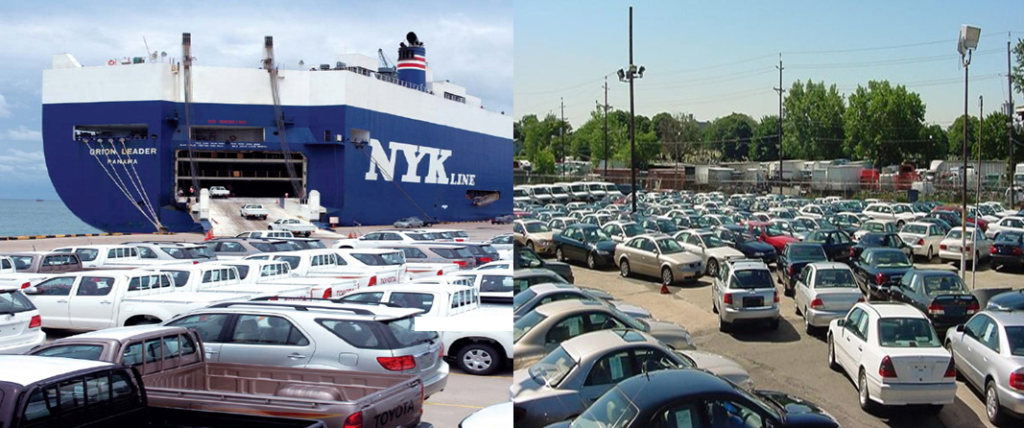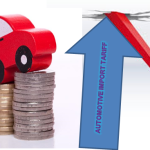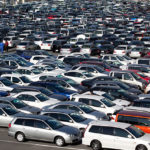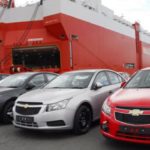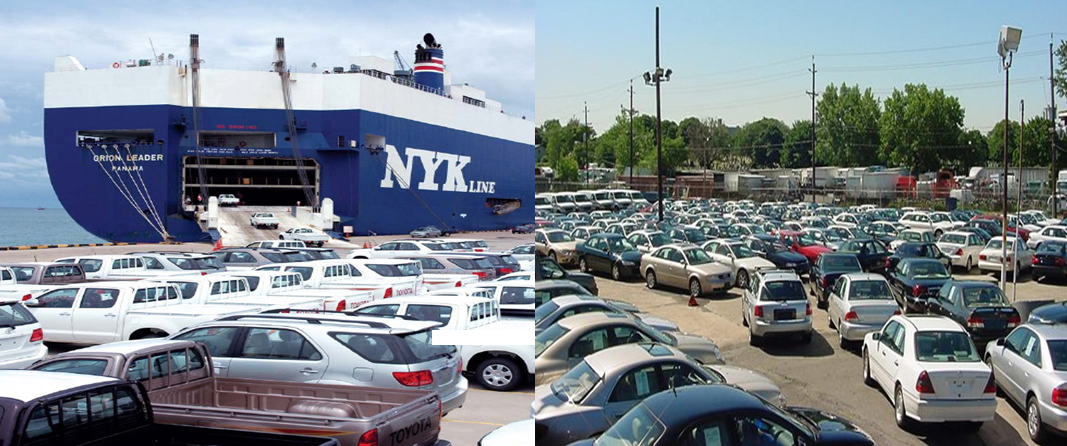
A REVIEW OF THE NEW AUTOMOTIVE IMPORT TARIFF
When the Minister of Trade and Industry stated that the new tariff regime will among other things “make imported cars more expensive thus, promoting the purchase of locally manufactured vehicles”, a number of issues readily come to mind.
Some of the incontrovertible facts that flood the mind are adequately captured in the misgivings expressed by the LCCI when they declared that “the policy has potentially harmful effects on the economy and the welfare of citizens. As a major stakeholder in the economy, the Chamber welcomes a policy thrust that seeks to promote self-reliance in the Nigerian economy because there is great value in domesticating spending. However, in pursuit of this laudable aspiration, proper policy sequencing is imperative. Import dependency is only a manifestation of deeper issues of low productivity, weak competitiveness and flawed foreign exchange policy in the domestic economy.”
Earlier on when we were theoretically appraising the supply-side effect of tariff, we stated the “The reduced competition causes prices to rise. The sales of domestic producers should also rise, all else being equal”. The question then becomes how ‘equal’ is “All Else” in Nigeria? How responsive is the supply of automobiles or the producers to a positive change in price or favourable domestic price?
Let’s consider for an instant the market for automotive in Nigeria.
The Director-General, National Automotive Council, Mr. Aminu Jalal, declared that a total number of 280,000 units of vehicles were imported into the country in 2011 comprising 200,000 used vehicles and 80,000 new vehicles setting our foreign currency position back by about N400billion. In the first nine months of the year 2012, according to statistics made available by the Nigerian Automobile Manufacturers Association, Nigerians imported 96,629 vehicles made up of 22,192 new vehicles and 74,437 used vehicles. Of the number that was reported for 2012, new trucks accounted for 3,053 units while Used trucks accounted for 13,564 units! The trend observed above is not any different for the year 2013. The number of used vehicle imports has always been thrice or four times more than the quantum of new vehicles import. For trucks in particular, the ratio of New to Used truck imports could be as high as 1:5!
Meanwhile, in the Vanguard Newspaper publication of 13/11/13, the Managing Director of Peugeot Automobile of Nigeria (PAN), Alhaji Ibrahim Boyi, stated that PAN produced 90,000 cars in 1985, and had about 4,000 permanent employees, but now produces about 3,000 vehicles annually with 250 staff.
Similarly, the Founder and Chief Executive Officer (CEO) of the ‘acclaimed’ Nigeria’s first indigenous motor vehicle manufacturing firm, Innoson Vehicle Manufacturing Company Limited (IVM), Chief Innocent Ifediaso Chukwuma while fielding a question on the production capacity of the Company (as reported by Guardian of 13/10/13), stated that:
Our production capacity is 300 units of different models of motor vehicles monthly. So, if you realise that we have been in this business since 2007, I am sure you should have an idea of just how much we have done. In essence, it means that we would have sold close to 30,000 units of vehicles since we began.
In the area of spare parts imports, the Director General of the National Automotive Council (NAC), Alhaji Aminu Jalal recently while fielding questions and giving a breakdown of the N1.05trillion spent on vehicle importation in 2013, stated that “this country spent N550 billion on importations of cars, buses and trucks. That does not include tractors, and military vehicles. Again, we also spent around N500 billion on spare parts. In fact, on tyres alone, we spent N150 billion”.
In essence, the combined annual production capacity of the biggest and seemingly thriving auto manufacturing companies in Nigeria as at now based on the candid statements of the respective leaders in these two organisations stands at approximately 7,000 units of vehicles!
From the above discussions, certain deductions can be made:
New Cars: How Affordable?
It is pointedly clear beyond all reasonable doubt that the vast majority of Nigerians lack the financial capacity to patronise new vehicles even at the price prior to the introduction of the new tariff regime how much more now that shelf prices are expected to hit an upward trajectory by as much as 60%. These can be attested to by the propensity of Nigerians to go for used vehicles at the expense of new vehicles.
Used Cars: To Join the Exclusive preserve of the Nouveau-Riche
With the policy’s position to neutralise the attraction for used cars by making it as exorbitant as the price of new cars before the new tariff , we can safely conclude that many more Nigerians that had hitherto seen the ‘used car’ option as a safe haven will be denied the right of car ownership. In a country where public infrastructure including transport and transportation network is in a most deplorable state, owning a car is akin to a necessity rather than a luxury hence the level of social misery can be expected to go up just as the Labour Congress warned.
Inadequate Local Capacity: Adding Fuel to Smuggling
The present combined production capacity of all the local vehicle manufacturing companies in Nigeria grossly falls short of the market demand. If the tariff progresses as envisioned, the shortfall would obviously have to be met one way or the other. With notoriously porous border and compromise-compliant officers of the law, we can all make an informed guess of what option will be further explored ‘as usual’ to bridge the expected shortfall.
Where is the Capacity for Local Value Added and Backward Integration?
LCCI in its critique of the tariff increase expressed concern about our automotive sector’s “low local value addition and capacity for backward integration”. Well founded reservation no doubt! The Power sector continues to maintain its deplorable state and capacity utilisation in virtually every industry continue to plummet. Despite the several billion naira investments and the recent unbundling, nothing tangible has happened in terms of observable and pervasive improvement. Many potential companies that could facilitate effective take-off of the backward integration have relocated to business-friendly enclaves like our neighbouring Ghana. A case in point is Dunlop Nigeria Plc and Michelin tyres. Many artisans and foundries are barely surviving, no thanks to the sordid power situation. It therefore beggars belief that so much expectation is being anchored on a policy that has no requisite superstructure to guarantee some measure of success.
…………………..Continued in Part Four.

